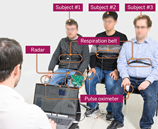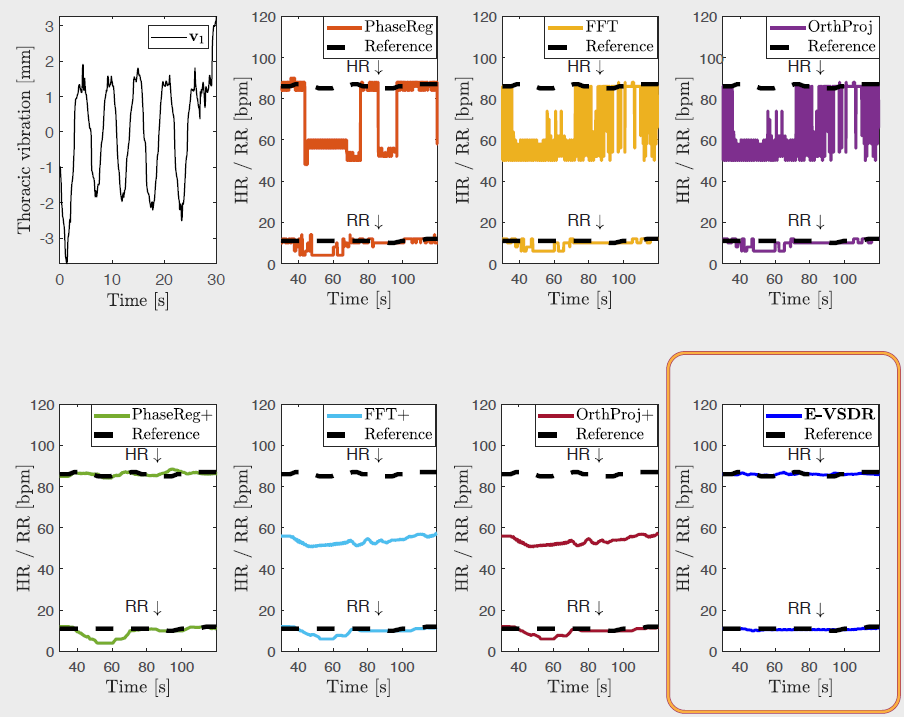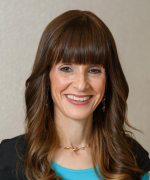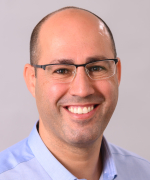Current contact-based monitoring devices cause patient discomfort, increase infection risks, and demand significant medical staff time. To address these challenges, we introduce a cutting-edge non-contact monitoring system that combines Frequency-Modulated Continuous Wave (FMCW) radar and advanced algorithms. This innovative technology enables precise multi-person localization and vital sign monitoring in noisy, cluttered environments, addressing the limitations of current contact-based methods.
- Medical Monitoring: Heart rate, respiration, sleep apnea detection, lung function, cardiac diagnostics in hospitals, clinics, and homes.
- Workplace Safety: Monitoring workers in high-risk environments (e.g., construction sites, mines).
- Public Health and Security: Surveillance in public spaces and transportation hubs for early health issue detection
- Continuous, non-contact multi-person monitoring
- Reduces workload for medical staff through remote monitoring
- Efficient in cluttered and noisy environments
- Compact, low-cost & easy implementation
On-site experiments with human subjects for heart rate and respiratory rate monitoring, as well as lung function assessment, have validated superior localization and monitoring accuracy compared to existing techniques.




